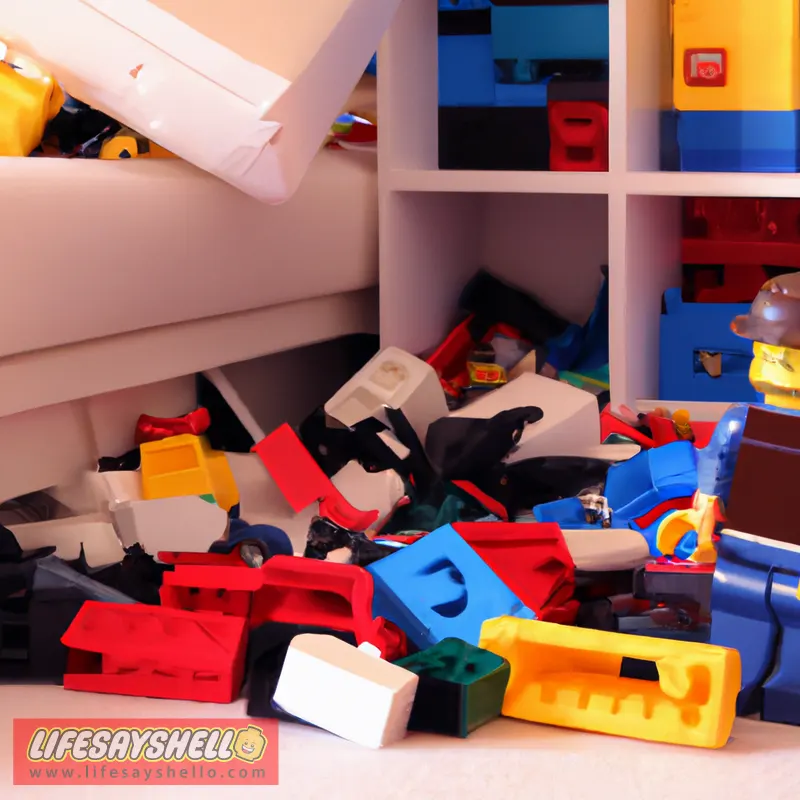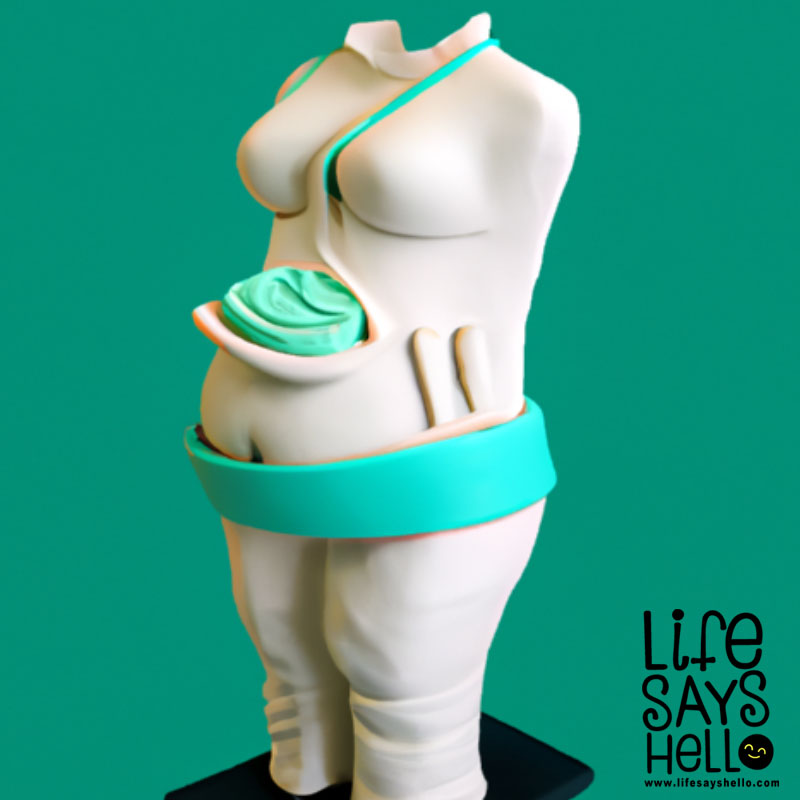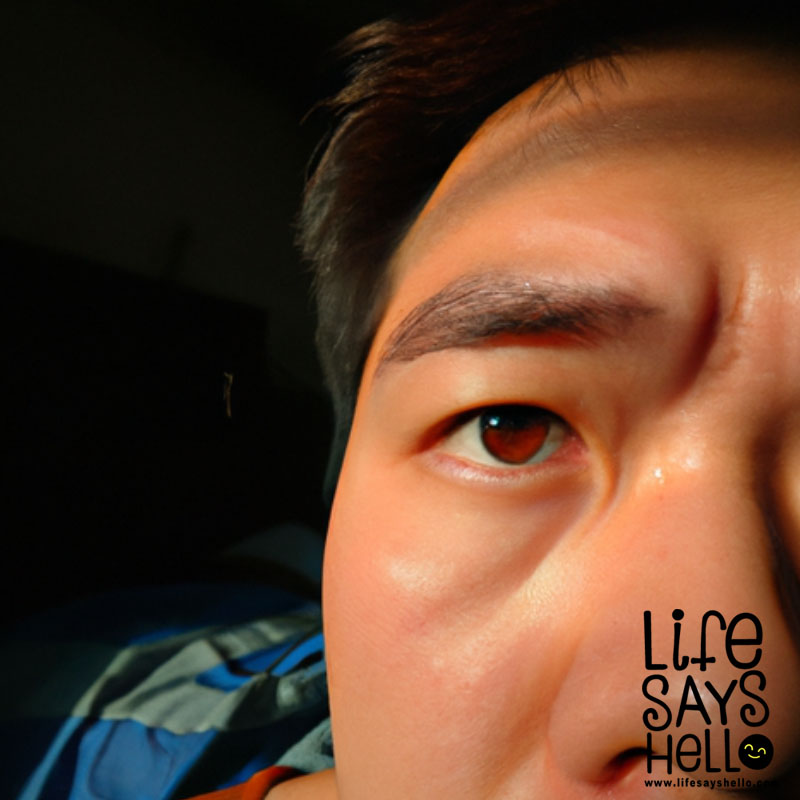The Complex Psychological and Environmental Causes Behind Hoarding Disorder

Have you ever wondered what leads someone to compulsively hoard possessions, to the point that their home becomes overwhelmed with clutter? Hoarding disorder is a serious and complex condition, arising from a combination of traumatic experiences, unhelpful beliefs, and other psychological and environmental factors. In this in-depth article, we’ll explore the various causes that can contribute to hoarding behaviors, as well as potential treatment options for overcoming this challenging disorder.
Understanding Hoarding Disorder
Hoarding disorder involves persistently accumulating a large number of items and having difficulty discarding or parting with possessions, regardless of their actual value. This leads to excessive clutter that congests living areas and prevents normal use of the space. Hoarding behaviors cause significant distress and impairment in daily functioning.
Hoarders often feel strong emotional attachments to their belongings or have underlying beliefs that their items are valuable or needed for an unknown future purpose. They have great anxiety and discomfort when faced with the prospect of throwing anything away. Hoarding tends to get worse over time without treatment.
The reasons why someone develops hoarding disorder are complex and not fully understood. Research suggests that hoarding likely arises from a combination of biological, psychological, social, and environmental factors. There is no single cause. The following sections explore some of the key factors that may lead someone to compulsively hoard.
Traumatic Life Events Can Trigger Hoarding
Experiencing a severely stressful or traumatic life event appears to be linked to the onset of hoarding behaviors in some individuals. Events like the death of a loved one, a divorce, major illness, or job loss can trigger excessive acquiring and saving.
Difficult life changes and losses can cause intense grief, anxiety, and depression. Hoarding may start off as an emotional coping mechanism to manage painful feelings related to the trauma. Saving possessions can represent an attempt to hold on to memories and parts of life before the event.
The stress and sadness caused by traumatic events can also precipitate or worsen certain mental health conditions like anxiety disorders, depression, and obsessive-compulsive disorder (OCD). These conditions are themselves risk factors for developing hoarding behaviors.
Mental Health Conditions Are Closely Associated with Hoarding
A number of mental health conditions commonly co-occur with hoarding disorder. The most prevalent appears to be anxiety, which afflicts 75% of people with hoarding disorder.
Generalized anxiety disorder involves chronic, excessive worry. Hoarders may constantly feel anxious about losing belongings, about their living conditions worsening, or about other real or imagined concerns.
Social anxiety disorder involves an intense fear of social situations and judgment by others. Socially anxious hoarders may isolate themselves to avoid having visitors see their cluttered homes.
Major depressive disorder can also lead to hoarding through apathy, lack of energy, and not caring for one's living environment. Depressed individuals may hoard to comfort themselves.
Obsessive compulsive disorder (OCD) has some overlap with compulsive hoarding. But while OCD compulsions are often senseless rituals, hoarding behaviors relate to real life objects. Still, OCD and hoarding both involve anxiety-driven urges that feel uncontrollable.
Other disorders like post-traumatic stress disorder or attention deficit hyperactivity disorder can also predispose someone to hoarding behaviors. Overall, the mood and anxiety symptoms of various mental illnesses can fuel hoarding as an unhealthy coping mechanism.
Using Hoarding as an Emotional Coping Mechanism
Even without being linked to a specific diagnosable disorder, hoarding can develop as a way to manage, avoid, or distract from difficult emotions.
Saving possessions excessively can represent an attempt to establish a sense of safety, control, or comfort during times of emotional turmoil. The items feel like reassuring companions that reduce isolation.
Some hoarders report that acquiring new possessions provides a temporary mood boost, while discarding them causes intense grief and loss. Hoarding becomes an addictive behavior for emotional regulation.
The fear of losing a sentimental possession may reflect a broader fear of losing one's identity or a part of oneself. Letting go of objects can seem like letting go of memories and experiences that formed one's sense of self.
For people who have experienced poverty, hunger, or trauma in childhood, hoarding can develop as an adult response to subconsciously guard against future deprivation.
Overall, hoarding appears to be an unhealthy mechanism for coping with difficult past experiences and painful emotions that the individual has not fully processed.
Mistaken Beliefs About Possessions Drive Hoarding
Many compulsive hoarders share unhelpful, mistaken beliefs about saving and discarding items. These beliefs represent cognitive distortions that reinforce ongoing hoarding behaviors.
A common belief is that an item might be needed or have a useful purpose someday, even if that likelihood is very remote. This reflects a difficulty prioritizing what's actually important versus what's hypothetically possible but improbable.
Hoarders also often believe that their possessions hold unique emotional significance that no one else could appreciate. Throwing away the item would mean losing that sentimental value.
There is also the belief that accumulated items provide a sense of comfort and security. Throwing anything away seems dangerous because it would remove that feeling of safety.
Relatedly, many hoarders believe that discarding or letting go of possessions would be deeply upsetting or even traumatic. They avoid getting rid of items to steer clear of potential grief and anxiety.
Some hoarders feel that if they throw something away, they are being wasteful and irresponsible. Keeping items would thus represent being thrifty.
Finally, hoarders often have an exaggerated sense that their possessions are far more unique, valuable, or meaningful compared to ordinary items. This makes it very hard to categorize anything as disposable "junk."
In cognitive behavioral therapy, these mistaken beliefs can be challenged. Hoarders can learn to reevaluate their possessions more realistically and develop healthier beliefs about the costs versus benefits of saving versus discarding items.
Childhood Experiences Can Plant the Seeds for Hoarding
Research suggests that certain childhood experiences may predispose someone to developing compulsive hoarding behaviors later in life.
Children who grow up in poverty or experience hunger may hoard food and possessions as adults to subconsciously protect against future deprivation.
Having belongings frequently thrown away or given away without their input can lead children to become possessive of objects and resistant to discarding later on.
Emotional neglect or abuse that leaves children feeling unimportant may fuel hoarding as a way for them to surround themselves with items that make them feel valued as adults.
Losing loved ones or having inconsistent caregivers can lead to attachment disorders that manifest in hoarding behaviors. Filling one's space with possessions may represent an attempt to fill an emotional void.
Children who are moving frequently or in unstable housing situations may hoard as adults to establish a sense of permanency.
Overall, hoarding appears to sometimes stem from childhood adversity, insecure attachment, or lack of consistency that leaves psychological imprints into adulthood.
Living Environments Enable Hoarding Behaviors
A person's living space and environment can also facilitate hoarding behaviors, especially as clutter accumulates over many years.
Homes with a lot of storage space and areas to hide clutter enable hoarding behaviors. Limited visibility of mess makes it easier to acquire and save things.
Poor organizational habits or lack of experience maintaining a tidy household also perpetuate accumulating and not discarding possessions.
Living alone with no accountability to other household members is a major risk factor, as hoarders have no one pressuring them to clean up.
As living spaces become extremely cluttered, appliances break down and homes become unsafe and unsanitary. But hoarders cope with these conditions rather than allowing others in to make repairs.
The functionality provided by homes and private spaces allows hoarding behaviors to thrive compared to more public environments. Treatment involves modifying spaces to be less hoarding-friendly.
Overcoming Hoarding Disorder is Possible with Proper Treatment
Despite the many complex factors behind hoarding disorder, there are effective treatment strategies that can help rewire unhelpful beliefs and compulsions.
Cognitive behavioral therapy is considered the first-line treatment for hoarding. CBT helps modify mistaken beliefs about possessions, reduce anxiety about discarding items, and improve decision-making skills.
Anti-anxiety and antidepressant medications like SSRIs may be prescribed to address emotional symptoms underlying hoarding.
Home visits from organizers can provide coaching on cleaning, decluttering, and developing organizational systems.
Group therapy offers social support and accountability for making progress.
Treatment is a gradual process that can take years, but steady application of CBT and medication management can help hoarders regain control over their living environment.
The Takeaway: Hoarding Has Many Potential Causes But Can Be Overcome
Hoarding disorder arises from a "perfect storm" of traumatic experiences, psychological conditions, and mistaken beliefs that reinforce saving behaviors. There is no single cause of hoarding - it's the culmination of many genetic, environmental, and lifestyle factors.
While hoarding is a serious and persistent condition, those who suffer from it should know they are not alone. The stigma around hoarding can discourage people from seeking help. But with compassion, psychotherapy, medication, and home assistance, people can put their hoarding behaviors into remission and reclaim functional living spaces. There is hope!




Comments